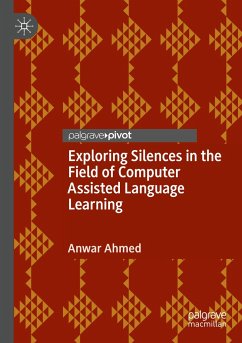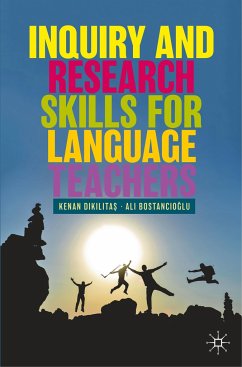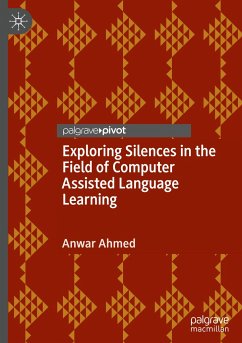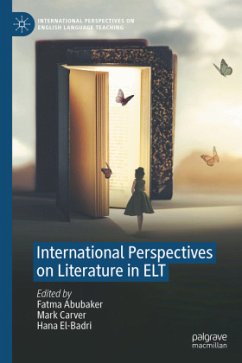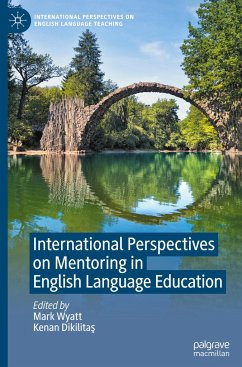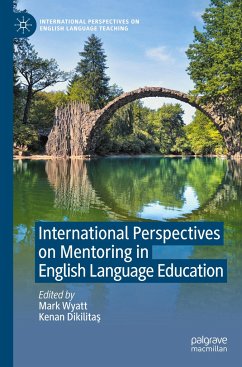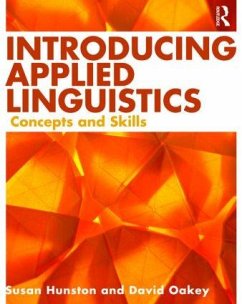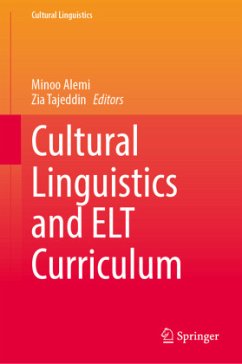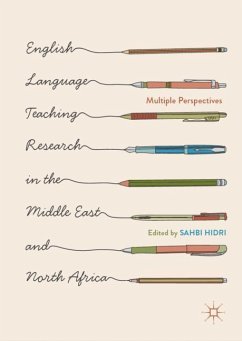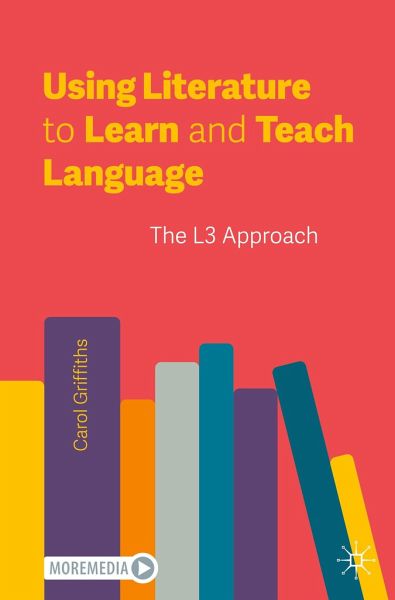
Using Literature to Learn and Teach Language
The L3 Approach

PAYBACK Punkte
21 °P sammeln!
This accessibly-written textbook uses the intrinsic appeal of a story to engage students with language, and provides teachers with the background knowledge and the skills to use literature to construct lessons for their classes which integrate all four skills plus language awareness in an enjoyable way. Although a number of books and studies have examined the value of using literature to learn language, literature remains under-represented as a language learning resource. The author argues that the accumulated body of literature represents a bottomless pit of potential material, just waiting t...
This accessibly-written textbook uses the intrinsic appeal of a story to engage students with language, and provides teachers with the background knowledge and the skills to use literature to construct lessons for their classes which integrate all four skills plus language awareness in an enjoyable way. Although a number of books and studies have examined the value of using literature to learn language, literature remains under-represented as a language learning resource. The author argues that the accumulated body of literature represents a bottomless pit of potential material, just waiting to be recognised and enjoyed. From a teacher's point of view, a lesson based on a literary work can provide an integrated approach to language development which few other approaches can match. A piece of literature can be used to develop all four skills, both receptive and productive (reading, writing, listening speaking) as well as production skills and language awareness. This book willbe an essential resource for pre-service and in-service teachers, teacher trainers, students and scholars of Applied Linguistics, Language Education, TESOL and related subjects.





